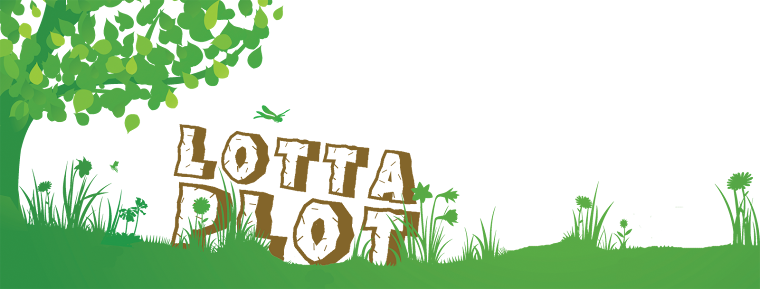There's an interesting new academic study of 'green space' visits in Stoke-on-Trent,
"Visiting green space is associated with mental health and vitality: a cross-sectional study in four European cities". One of the four cities was Stoke-on-Trent, surveyed using a 1027 person survey. The survey asked people if visiting green spaces in cities boosted their feelings of being well and feeling vitality.
"The associations were modified by level of education and time-spent in nature during childhood. No indications were found that age, gender and attitude towards green space were significant effect modifiers. The robustness of the[se] findings indicates that the relationships [between metal wellbeing and experience of green nature] seem almost independent of different cultural and climatic contexts. The current study support the view that green space should be used [through] purposeful visits to provide mental health benefits."
Of course, paper and telephone surveys will only capture a partial view. Especially of a very subtle aspect of the human experience. Also, as we learned in the recent general election, 1000-person survey-samples can often be heavily skewed by a range of factors. Often factors about which the professional investigators are oblivious. That's especially so when the survey is on a sensitive topic such as mental health or politics.
But the new study does seem to be an interesting partial confirmation of what everyone knows through common sense: that spending time walking in natural space generally helps you to feel a bit better about things. More interesting and thornier questions should now be investigated. Such as what are the best measures to take, so as to reliably boost this effect? I'd suggest these may be things such as...
* reducing the presence of litter, noise, large dogs, drones and other annoyances in natural spaces.
* more benches, or perhaps the provision of subsidised 'sit-sticks' (since fixed benches tend to be colonised by alcoholics), so that older or infirm people can have a much-needed sit-down every half-mile.
* learning the names and habits of wildlife, the plant and flower types, cloud types, perhaps also way-finding and knowing where north is, etc? That may well boost the effect, in terms of feeling 'at home' in nature.
* the ability to discover little 'ways through' and short-cuts, making it easier and pleasanter to walk to the green space.
* being active in the green space, beyond simple walking. Such as picking up a half-dozen bits of litter, doing some light pruning of an overgrowing branch, maybe a little light digital photography. Singing, perhaps, even though the once-commonplace expression of it — singing a jolly song as one walked along — is now unfortunately seen as a sign of madness.
Given the research finding that "time-spent in nature during childhood" is a factor that boosts the effect, one might also ask further questions. Such as...
* at what ages are different types of nature-visits best undertaken, for maximum long-term effect?
* are the long-term effects different in adults who were free-range kids, vs. smothered 'hot-house' kids?
* do we over-tidy places, to suit adults rather than kids? For instance, we might want to educate adults on the vital role of scrubby 'wild margins' near homes, in which free-range children make their autonomous dens during their middle childhood (see the Stoke-researched book Childhood's Domain: Play and Place in Child Development, for details on the vital importance of such places in child development).
* what is the role of the extended and parent-free summer-camp, in embedding 'wild' nature in children's lives?
* what damage is done if children's nature experience becomes too over-rationalised, too nannied, too 'science and education' driven? Many have had the experience of being put off a topic or medium for life (the novels of Charles Dickens, or the alleged 'poetry' of Carol Ann Duffy, for instance), due to having had a bad experience of being badly taught it in school. How can we prevent the same thing happening with nature?





